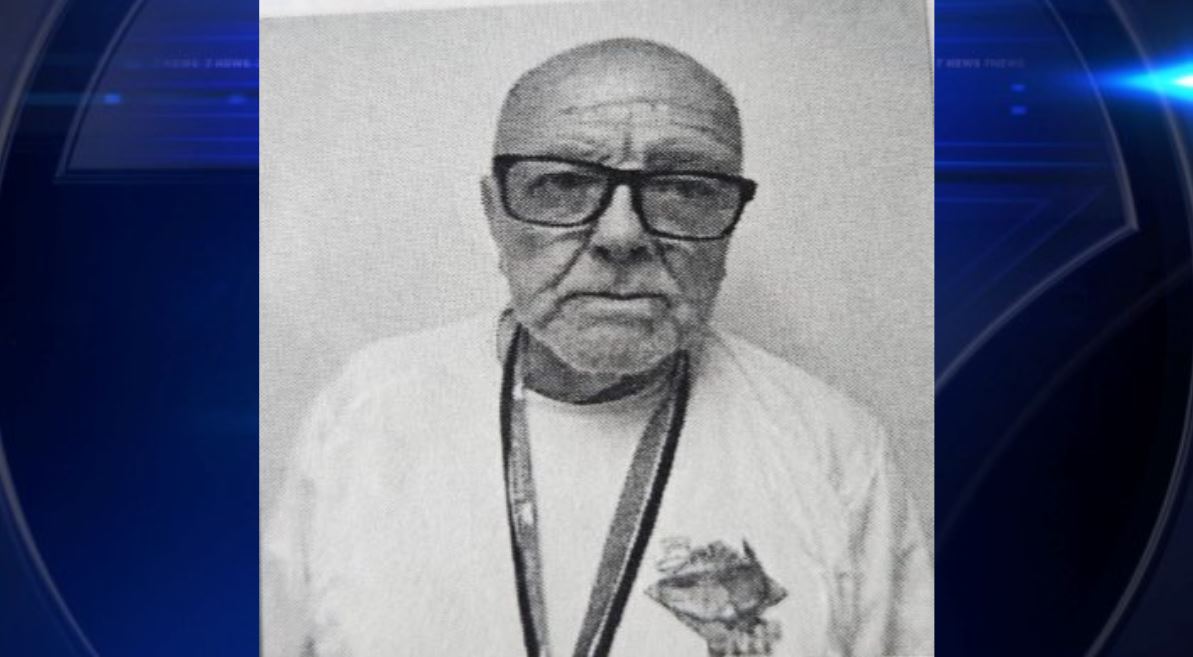Cuba and the U.S. resume immigration talks, and Miami might get a new stadium
On Thursday, officials from the United States and Cuba spoke about migration for the first time in four years. It comes as the number of Cubans leaving the island — taking to the Florida Straits or arriving at the United States’ southern border — has skyrocketed.
More than 1,400 Cubans have been stopped by the Coast Guard since last fall. That’s about five times the number compared to two years ago. More than 70,000 have arrived at the U.S. border with Mexico in the past six months.
Few are being deported. The Washington Post reports data from U.S. Immigration and Customs Enforcement indicate just 20 Cubans have been returned since November.
And the agency told the Miami Herald that Cuba has stopped accepting deported Cubans.
Until last week, there hadn’t been any immigration talks between the two countries since 2018 when the Trump Administration rolled back the Obama Administration’s reopening to Cuba policy.
Nora Gámez Torres of El Nuevo Herald and the Miami Herald was on the phone with state department Deputy Assistant Secretary Emily Mendrala, who led the U.S. delegation attending the meeting. Torres was unable to glean anything from the call.
“It doesn’t seem to have resulted in a concrete result such as, for example, resuming full consulate services in the Embassy of Havana,” she said.
The Cuban delegation was led by Cuban Deputy Foreign Minister Carlos Fernandez de Cossio. Both delegations were led by high-level personnel, and WLRN’s Americas Editor Tim Padgett said that the situation called for it.
“We’re seeing almost 80,000 Cubans in the first six months of this fiscal year showing up at the border … Those numbers really necessitated a high level of delegation engagement on the two sides,” he said.
Ric Herrero, Executive Director of the Cuba Study Group, said it was clear the Biden administration was mainly looking at Cuba through the lens of immigration and the mounting numbers of Cubans at the U.S.-Mexico border.
The Cuba Study Group believes the Biden administration should focus on two specific immediate and long-term objectives.
“Immediately, what the United States should do is establish legal pathways for migration and for Cubans to be able to visit the United States,” Herrero said.
He said their long-term objectives should be:
- Reopen the consulate at the embassy in Havana
- Fully re-staff consulate services
- Resume the issuing of non-immigrant and five-year visas
- Resume the Cuban Family Reunification Parole Program
- Uphold the migration accords commitment to issue 20,000 visas annually to cuban nationals
- Reopen the Refuge Section that administers the Refugee Admissions Program in Cuba.
“All of these things will not end the migration from Cuba … but it will create legal and secure channels,” Herrero said.
Another major topic in regards to Cuba: human rights. The State Department released a report warning of what it called “significant human rights issues” in Cuba.
Torres said this report was quite critical.
“This last year we have seen huge crackdowns on protesters, we have seen so many trials, and several instances of abuse in prison told by relatives of protestors that have been jailed,” she said.
Hererro said they weren’t too surprised by the report because they’ve been following this issue closely, and that they were not hidden at all. The bigger question he said, is what is our current policy doing to help improve the situation. He says the bigger question is: What is our policy doing to help change this dynamic in Cuba?
“What is very clear to us, is that our current policy is a dead end street insofar as helping improve human rights conditions in Cuba,” Hererro said.
However, WLRN Americas editor Tim Padgett said President Biden is reluctant to roll back or change the current U.S.’s policy towards Cuba because of the Latino vote.
He said Cuban exiles and other conservative voters from Latin American countries such as Colombia and Venezuela watch how the United States handles Cuba’s left-wing regime to gauge how the left-wing regimes in their own countries will be handled.
A new home for soccer in Miami?
The fate of 73 acres in Miami where a public golf course currently lies is due to be decided Thursday by city commissioners. This is at least the fourth time the vote has been on the agenda.
The vote will decide if the land becomes Miami Freedom Park or remains Melreese Golf Course.
It has been a long journey. Eight years ago David Beckham announced his plans to bring a new Major League Soccer team to Miami. Four years ago, Miami voters let the team’s owners negotiate a deal with the city to replace the golf course just east of Miami International Airport and build a stadium complex.
Inter Miami began playing two years ago, but not in Miami. Its home stadium is in Fort Lauderdale as the team has been searching for a stadium site in Miami.
City commissioners are due to vote on a deal Thursday. Unless it gets delayed again.
And four of the five commissioners have to approve it in order for it to happen.
Joey Flechas, the Miami Herald’s reporter for the city of Miami, said this situation is a complicated one.
Since 2018, Mayor Francis Suarez has championed this deal. Currently he needs four out of five Miami commissioners to vote yes to accept this lease deal. However, one commissioner is committed to saying no, so the remaining four have to all agree.
“A more complete picture is that the votes are not secured right now,” Flechas said. “You need four of four, that leaves everybody in a very powerful position on that commission.”
He described this as a significant commercial real-estate deal that the city could be engaging in. The potential stadium is only a piece of this project. It is a billion-dollar redevelopment of Melreese Golf Course. This redevelopment includes:
- A hotel with 750 hotel rooms
- An outdoor mall
- An office park
- A soccer stadium, along with a 58-acre public park
- A parking structure with soccer fields on top.
All of this would be under a 99-year lease with the city that also includes some key components.
Rent to the city would be about $3.5 million annually, or a percentage of gross income made by the commercial area if it exceeds that initial figure for rent.
When it comes to who the city is negotiating with at this point, whether it be Inter Miami or the commissioners, Flechas said that city hall has been quiet on this end.
He said for the majority of the pandemic, and since the referendum in 2018, the city has been negotiating with Jorge Mas from MasTec and David Beckham to plan this deal.
He also said at this point in time, the city could just be waiting to hear from the commissioners.
“What we could see, if there’s not a vote, is a group of commissioners stating on the record what they’re looking for,” Flechas said.



